If you know the word “kaizo” at all, you probably associate it with pain. Inpulse, an upcoming indie game from a long-time member of its community, hopes to change that.
The word kaizō in Japanese means “modification” or “rebuild” and is typically used as a general reference to game mods. “Kaizo games” went viral in the 2000s due to the Kaizo Mario World ROM hack, which rebuilt 1990’s Super Mario World into a deliberately unfair meat grinder of an experience.
That hack is still probably the best-known example of the format, both as something for online Let’s Players to suffer through and as a thrown gauntlet for any player who was looking for a real challenge. As a result, “kaizo” ended up with a specific set of associations, to the point where I thought for years that the word actually meant something like “jerk.”
As a direct result of the infamy of Kaizo Mario World, however, a particular sort of brutally difficult platformers became their own specialist sub-genre. This includes fan projects like I Wanna Be the Guy, Nintendo’s own Super Mario Maker, and indie games like Super Meat Boy, Celeste, Electronic Super Joy, and The End is Nigh.
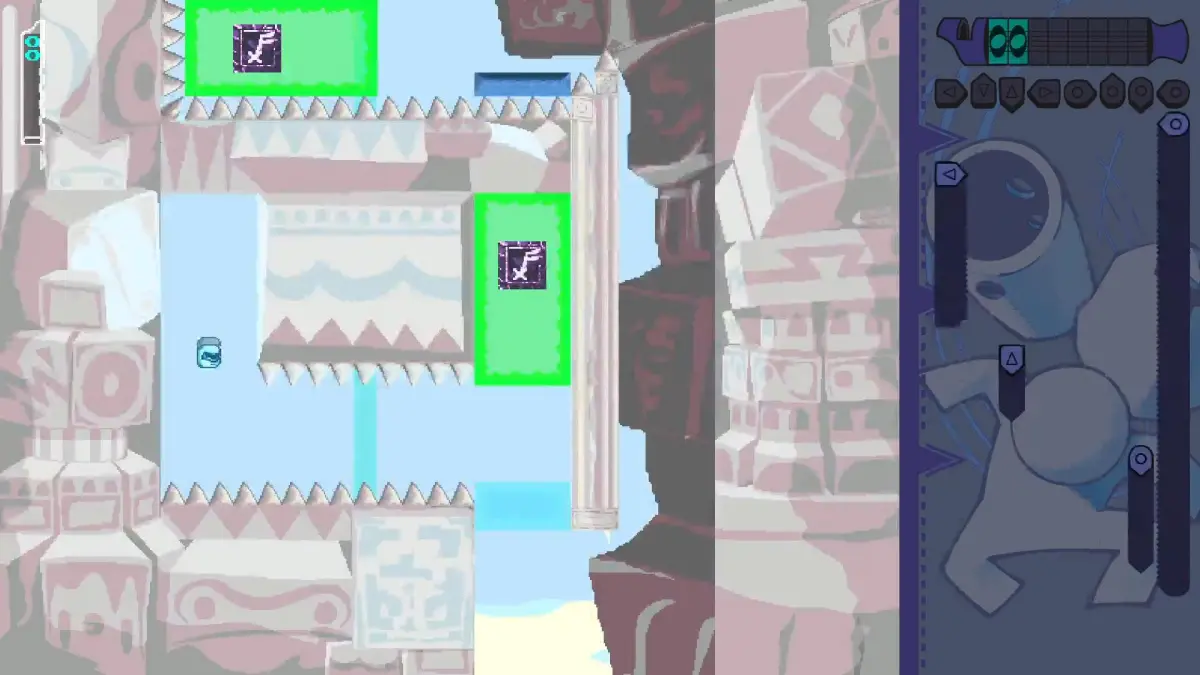
Inpulse is a new indie game that’s been built along the same lines, a challenging level-based platformer that requires precise movements and careful timing. Much like Celeste, however, it’s not meant to be a punishing experience. Instead, its designer, Nate Sievers, compares it to the act of learning how to play an instrument.
“In a lot of games, dying means I need to start the level again. ‘Okay, let me restart my brain,’” Sievers told me. “That’s why I think this is interesting. [In kaizo], you don’t think of dying as a lose state or of beating the level as a win state. All you notice is this slow process, like learning a song. ‘Oh, okay, now I’m getting it.’ That’s the feeling I like when I’m playing a game.”
Sievers is originally from California and currently teaches at a school for game development in Zagreb, Croatia. He describes Inpulse as a “prog-rock album,” where you play as a character named Flute and collect musical notes. Each note you find allows you to use a different movement option, each of which is color-coded.
Related: Baldur’s Gate 3: Tamaryn Payne Talks Playing the Devilish Mizora, Journey Into Streaming
The team on Inpulse was initially just Sievers. It currently also features two artists, a composer, a programmer, and a network of “really hardcore kaizo people and Twitch streamers” who serve as his playtesters.
On the screenshots I’ve included of Inpulse, you can see a number of Guitar Hero-style button prompts on the right side of the screen. These prompts show the button sequence you can press in order to clear each level, which turns Inpulse into a combination of a kaizo-style platformer and a musical rhythm game. As you progress, your movements will sync closer to the game’s soundtrack as you learn the proper routing through each level.
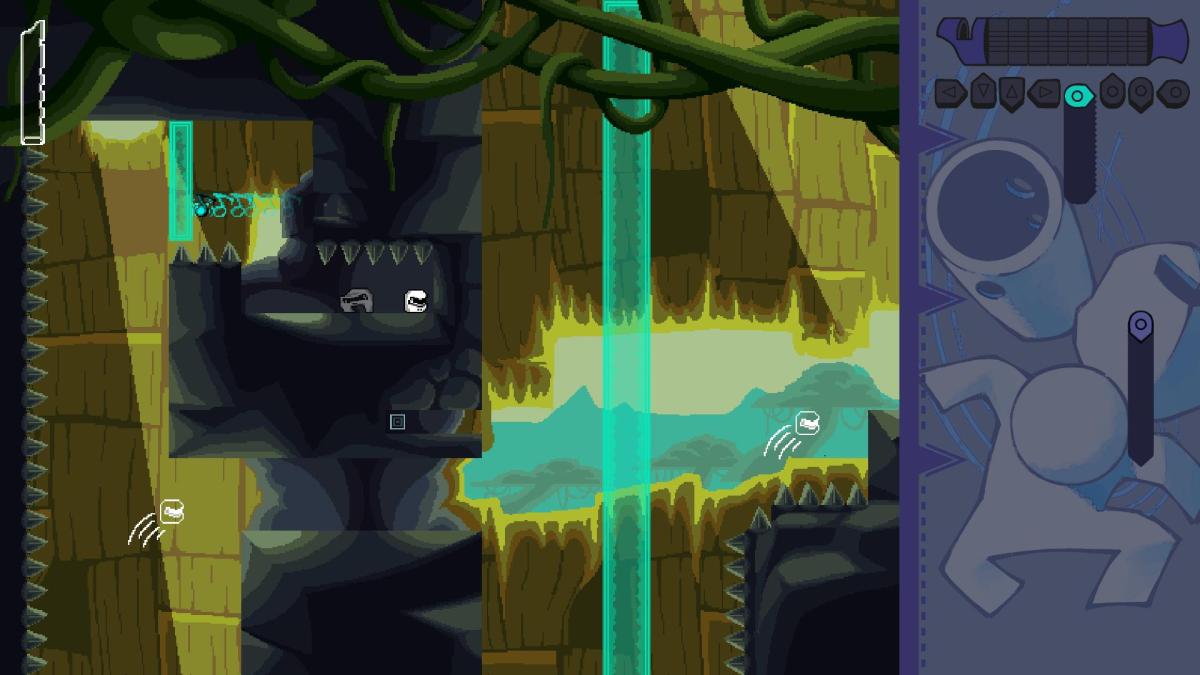
Sievers never had any video game consoles growing up. When his family would go on vacation, he’d get a chance to play games like Super Mario World and StarTropics by renting them for short periods on hotel TVs. However, those rentals would only work for a half-hour at a time.
“My initial introduction into the gaming world was in 30-minute chunks, where the game would reset after I got a certain distance,” he told me. “That was the first thing that got me interested in kaizo. A lot of the people who were involved in kaizo didn’t take the standard game-design route to get there.”
He continued, “2000 was the year that the ROM hacking scene started in Mario World. People were just making levels, and a lot of them were hard, but there was no sense of trolling. I think that’s the first misconception people have; kaizo has meant a lot of things at a lot of different times. At the beginning, the word didn’t exist yet – people were just making levels. A lot of us were kids, and it was an activity that was performed in the back of a computer lab. [We were] young kids goofing around without a real sense of level design.”
In 2007, after Sievers had been in the community for years, the kaizo scene blew up due to Kaizo Mario World via sites like NicoNico, YouTube, and the Something Awful forums. As a result, the practice got a reputation for being, in Sievers’ words, “rage bait.”
“It was never meant to be about that,” Sievers said. “It was just people experimenting, like outsider art.”
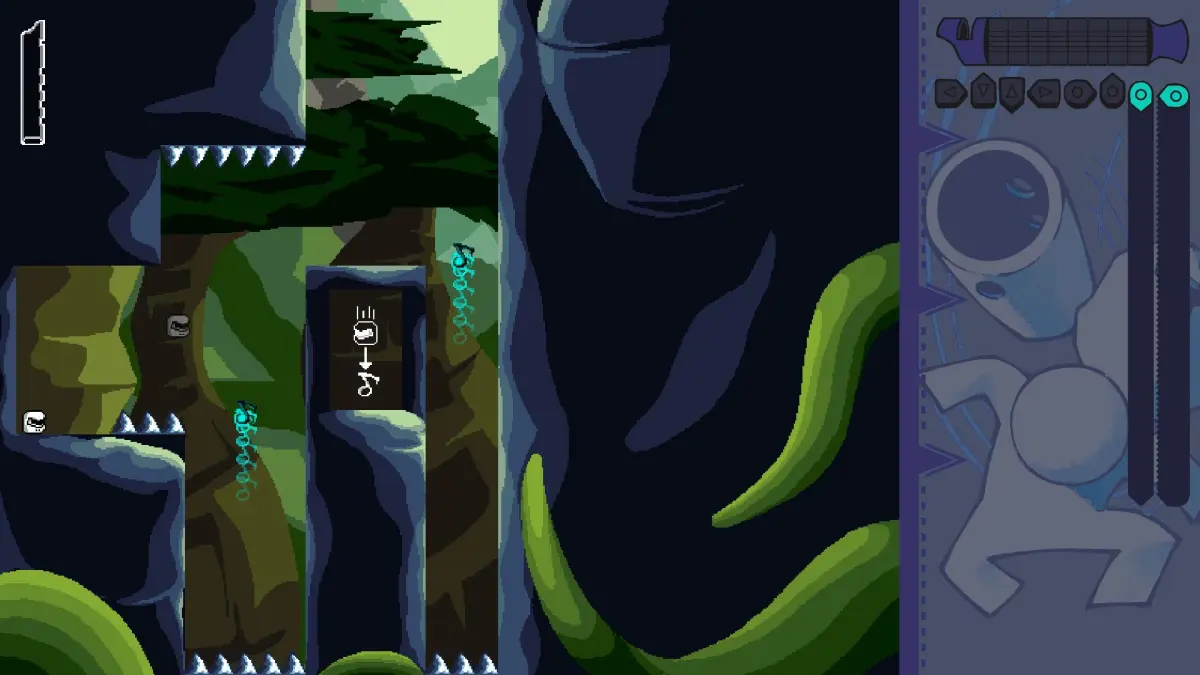
With Inpulse, Sievers has kept the trademark difficulty of a kaizo game, but the idea is to use it to achieve a particular emotional state in the player. It’s not meant to be rip-out-your-hair frustrating, but instead, to be a meditative practice.
“One of the things that we noticed was that the people coming into the kaizo scene were all musicians,” Sievers said. That led him and other people in the kaizo scene to start comparing their level design to the process of fingering chords on an instrument, where, eventually, you don’t have to think about the mechanics.
Inpulse is meant to invoke that same process. Sievers’ level design is meant to communicate all the information you need in any given level at a glance, so you can skip straight to the process of mastering it. Eventually, he hopes, a player will reach a point where it all becomes second nature, and they achieve the same sort of “flow state” that Sievers himself likes to achieve when he plays kaizo games.
“My goal with this game is not to just make a game,” he said. “My goal is to represent an entire group of eclectic people who were sitting on bulletin boards making these weird Mario hacks. I just want people to feel the same feeling that I felt in the back of a hotel room in 1998. That’s my goal.”
Inpulse has no set release date at time of writing, but can be wishlisted on Steam.

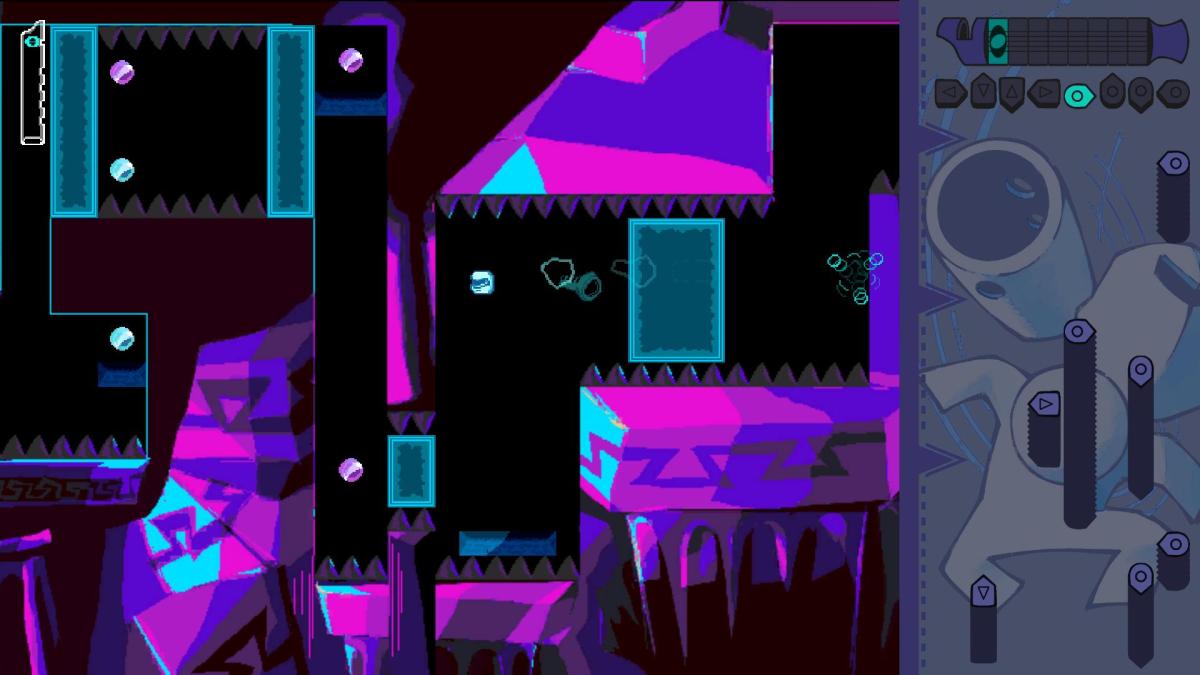

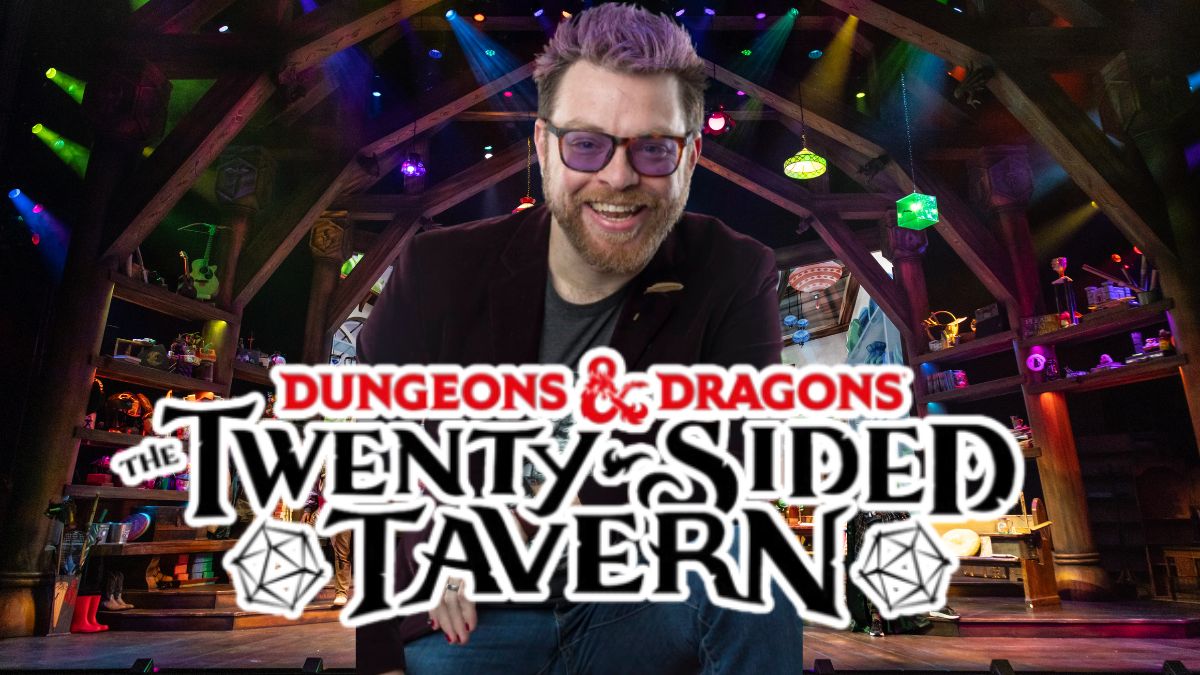


Published: Dec 5, 2023 05:00 pm